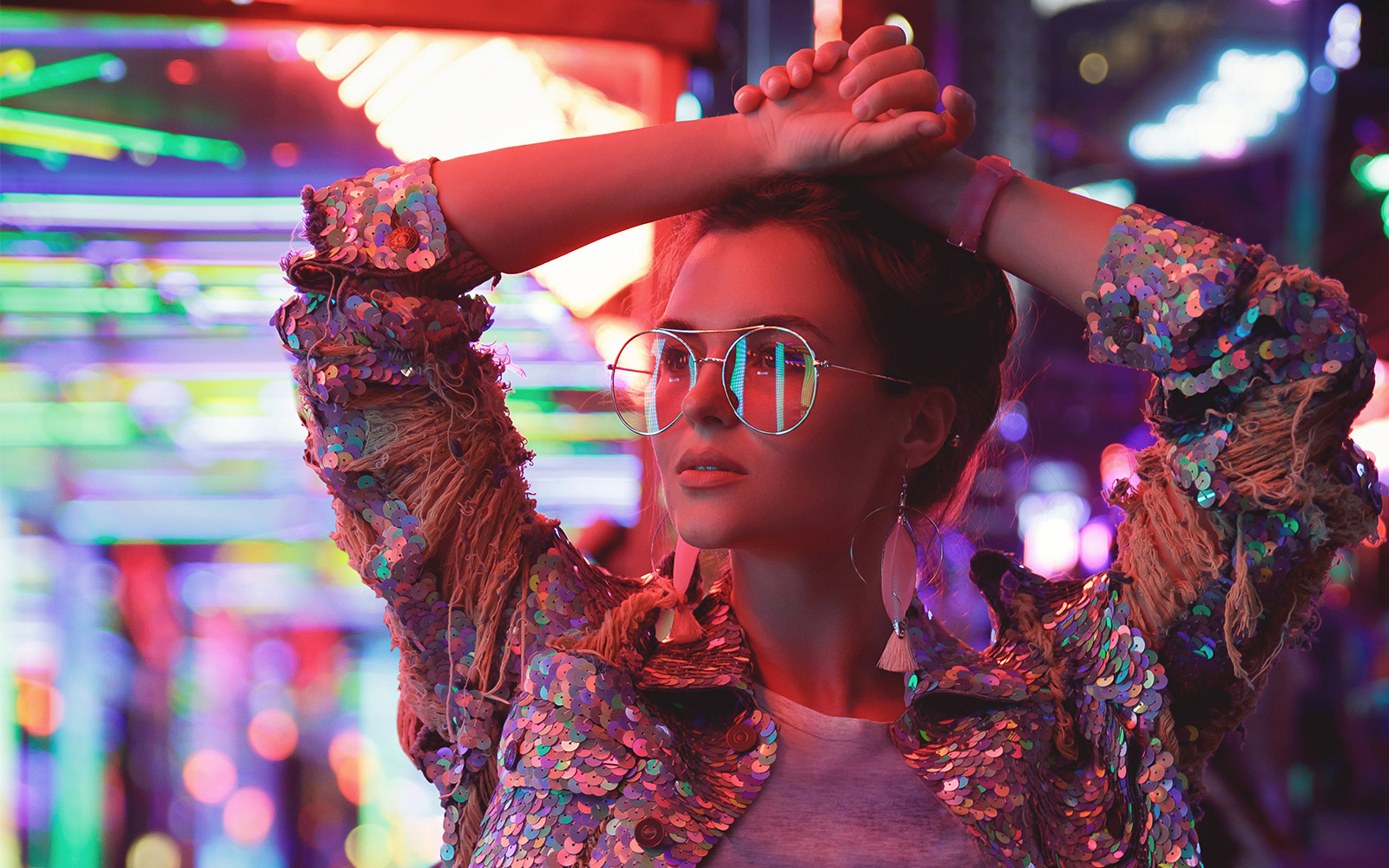In recent years, Instagram has risen to become one of the most important, if not THE most important, social media channels for getting a brand’s message across. With a carefully chosen selection of photos, brands can express a lifestyle, tell a story, build emotional connections, and engage with their audience. But one area that brands often overlook, is their Instagram color palette.
That’s a crucial mistake. With over 700 million monthly users, Instagram’s influence is starting to rival traditional media’s. In fact, Instagram has the highest average engagement rate of any social media platform.
Instagram is an amazing platform for brands to deepen their brand identity, and users choose what accounts to follow based on how their feed looks as a whole. So even if a brand takes amazing-looking photos, the lack of a coherent color palette will make a feed look messy and unprofessional.
With that in mind, what should your Instagram color scheme be?
Remember to Achieve Tonal Consistency
To make it clear, we’re not saying every single picture should look the same. Tonal consistency is about making sure your users have an idea of what to expect with every post, and that you have a distinctive voice and style that they’ll enjoy seeing on their feed.
Switch Things Up
And while consistency is key, you also need to learn how to switch it up—while staying true to your brand voice. One way you can do this is to switch to different color palettes every six months, while still keeping your style intact.
Remember to Use the Same Set of Presets
Light ALWAYS changes. And colors on our pictures always render differently—that can’t be helped. That’s why one surefire way you can establish a clear color palette and tone is by creating your own preset in your photo editing software. That way, you can get the same consistent look no matter what—with slight adjustments of course.
Types of Common Color Palettes
Neutral Color Palettes
Neutral colors are unsaturated colors close to gray. They contain equal parts of red, blue and yellow, and some common examples are beige, black, white, gray and brown.
Complimentary Color Palettes
Complimentary colors are pairs of colors on opposite sides of the color wheel. When using complimentary colors, the effect is often striking and bold.
Monochromatic Color Palettes
Monochromatic colors are different shades of the same hue. That means each color is just different saturations and shades of the base color, in addition to black and white.
Analogous Color Palettes
Analogous colors are the colors next to each other on the color chart—meaning this palette allows for greater consistency and uniformity. This also means your color palette will be all warm or all cool.
And when it comes to Instagram, color theme means everything. People use colors as cues for different emotions; for instance, blue shades tend to inspire a sense of tranquility or calm, red creates a sense of urgency and authority, while colors like orange and yellow make people feel nostalgic or warm. And ultimately, the goal of any brand feed is to push feelings, not products.
Want more awesome marketing insights on the power of color? Check out our blog, or purchase Dr. Malka’s acclaimed book brandcebo – the powerful placebo effect of brands and its impact on our behavior and performance, to learn how color inspires connections between people and brands.


